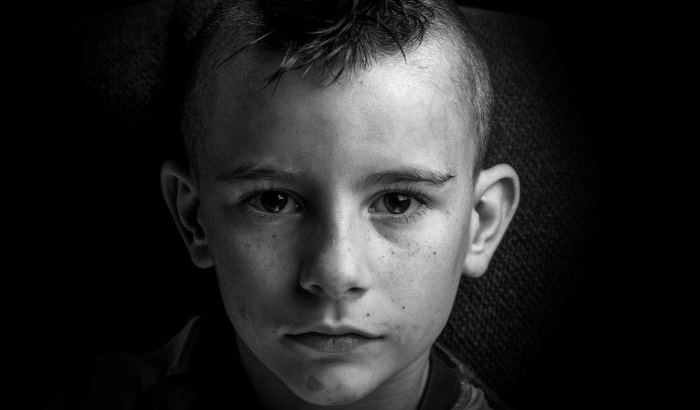Education
Trio Of Key Factors Gives Helpline Staff Tools To Battle Child Suicide

Creating a safe space for potentially suicidal children and young people – allowing them to openly and honestly discuss their feelings is just one of three key factors identified as helping to prevent youth suicide, a new study reveals.
Ensuring there are clear protocols for understanding callers’ suicide risk and securing the right ‘joined up’ safeguarding and support services are the other key factors that are essential for helpline staff to help prevent young people taking their own lives.
Frontline staff reveal that creating a safe space makes them feel more able to explore the reasons leading a young person to the point of considering suicide. Building such a holistic picture helps them to identify the level of suicide risk.
Helplines are a common way for young people with suicidal experiences to seek help, but it is important to understand how helpline staff and volunteers identify, assess, and manage suicide risk among young people.
Dr Maria Michail – Associate Professor, Institute for Mental Health, University of Birmingham
Researchers at the University of Birmingham interviewed professionals from three UK-based helplines and online counselling services – publishing their findings in the International Journal Of Environmental Research and Public Health.
Dr Maria Michail, Associate Professor in the Institute for Mental Health at the University of Birmingham, commented: “Helplines are a common way for young people with suicidal experiences to seek help, but it is important to understand how helpline staff and volunteers identify, assess, and manage suicide risk among young people.
“Ensuring a good relationship and open dialogue with young people is key in establishing the risk of suicide. Frontline staff are well placed to assess and respond to suicide risk, but we must understand the challenges they face when responding to suicidal young people.
“Extra support is needed to ensure effective safeguarding and clear guidance must be in place as to how each helpline specifically handles suicide risk and what this means for frontline staff.”
Suicide is the fourth leading cause of death for those aged between 15 and 19 years. UK-based evidence suggests that during the COVID-19 pandemic, there was an increase in suicidal thoughts and self-harm – a significant risk factor for suicide.
Young people with suicidal experiences often do not access mental health services or are unwilling to seek professional help.
Researchers note that having a better shared understanding of current practice and challenges facing helplines could help to identify examples of good practice and opportunities for improvement through, for example, providing tailored training and/or resources.
The study builds on a partnership established in September 2020 between the University of Birmingham and NSPCC to increase knowledge and awareness of helpline’s different approaches to responding to child suicide risk. NSPCC funded a research programme that enabled experts to explore the best way to provide effective help and support to children.
NSPCC-run Childline Director Shaun Friel said: “Helplines provide crucial support to children and young people when they need it most. In order to offer the very best help it is important for helplines to share best practice and learn from one another.
“We are pleased to see these findings published and hope they will support other organisations providing such vital support to children.”
-

 Auto1 year ago
Auto1 year agoHonda Marine Debuts All-New BF350 Outboard Company’s First V8 Motor Available Commercially, Flagship Model Offers Premium Power and Unparalleled Performance for Extraordinary Boating Experiences
-

 Lifestyle1 year ago
Lifestyle1 year ago2023 Nike World Basketball Festival Brings the Best of Basketball Style, Culture and Community
-

 Auto1 year ago
Auto1 year agoNew Features Further Increase Desirability Of Bentayga Range
-

 Lifestyle1 year ago
Lifestyle1 year agoNike Debuts the ISPA Link Axis, an Exploration Into Circular Design
-

 Auto1 year ago
Auto1 year agoHonda and Acura Electric Vehicles Will Have Access to Largest EV Charging Networks in North America Aided by New Agreements with EVgo and Electrify America
















